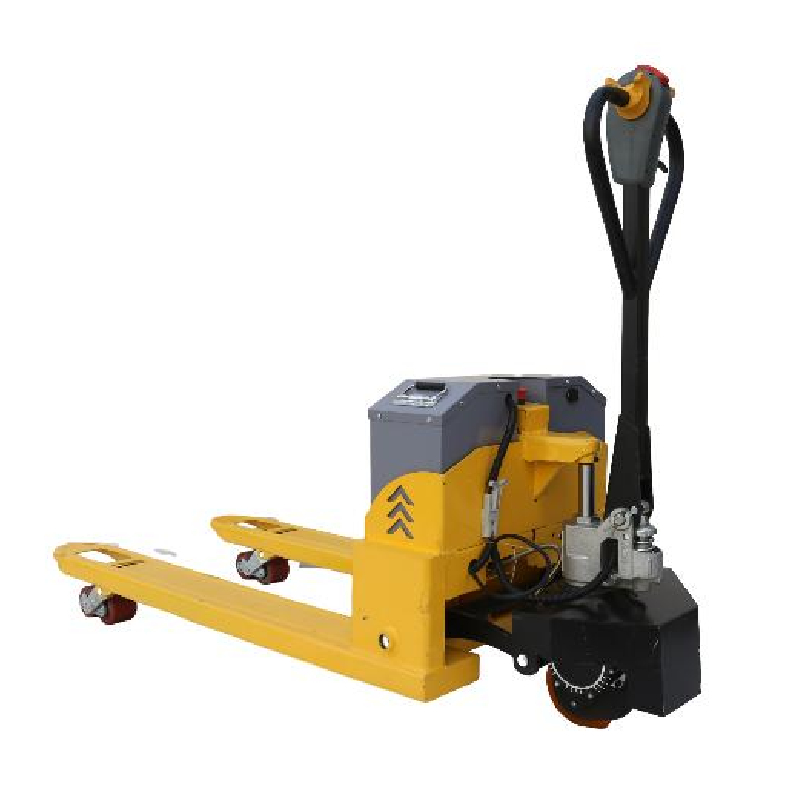


Understanding Chain Block Lifting A Comprehensive Overview
Chain block lifting, also known as chain hoisting or chain block handling, is a fundamental technique used across various industries to lift heavy loads safely and efficiently. This method of lifting utilizes a system of chains, gears, and pulleys to enable manual or powered lifting, enhancing productivity in construction, manufacturing, and maintenance applications.
At its core, a chain block consists of a chain, a hook, and a ratchet mechanism. The chain is usually made from high-strength steel, allowing it to withstand considerable weight without stretching or breaking. The hook is designed to securely attach to the load, ensuring safety during the lifting process. The ratchet mechanism allows users to lift the load incrementally, giving them greater control over the process. This system makes chain block lifting especially useful in tight spaces where bulky machinery cannot operate.
One of the primary advantages of chain block lifting is its versatility. These devices can be used to lift various types of loads, from construction materials to machinery and even vehicles. With the appropriate attachments, chain blocks can handle diverse tasks, making them indispensable tools in many workplaces. Moreover, chain blocks are generally more affordable than more complex hoisting systems, making them accessible for small businesses and DIY enthusiasts.

Safety is paramount when utilizing chain blocks. Operators must adhere to strict safety guidelines to prevent accidents and injuries. Before using a chain block, it is essential to inspect the equipment for any signs of wear or damage, such as frayed chains or weakened hooks. Furthermore, loads should be evenly balanced, and the lifting environment should be clear of obstacles. Operators should also receive proper training to understand the mechanics behind the chain block and to recognize potential hazards.
In recent years, advancements in technology have further enhanced chain block lifting systems. Electric chain hoists have become increasingly popular, providing users with automated lifting options that reduce physical strain and improve efficiency. These modern systems often come with features like overload protection, variable speed control, and remote operation, making them suitable for a wide range of industrial applications.
In conclusion, chain block lifting remains a vital method for lifting heavy loads across various sectors. Its simplicity, versatility, and cost-effectiveness make it an essential tool in the modern workplace. By prioritizing safety and embracing technological advancements, operators can maximize the efficiency of chain block lifting while ensuring a secure working environment. As industries continue to evolve, the importance of reliable and effective lifting solutions like chain blocks will undoubtedly remain a cornerstone of safe and efficient operations.



